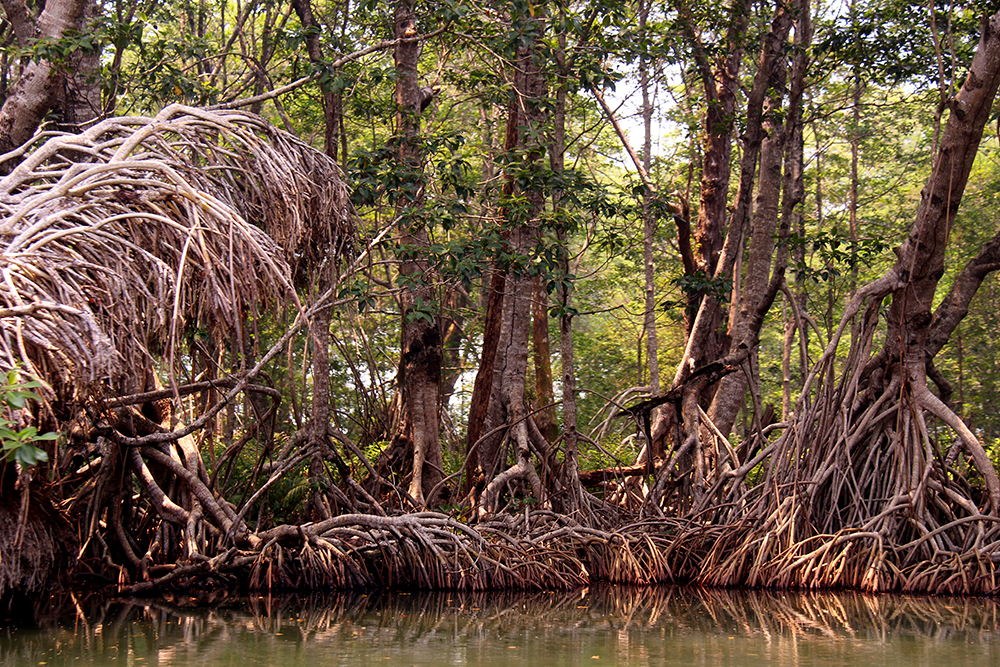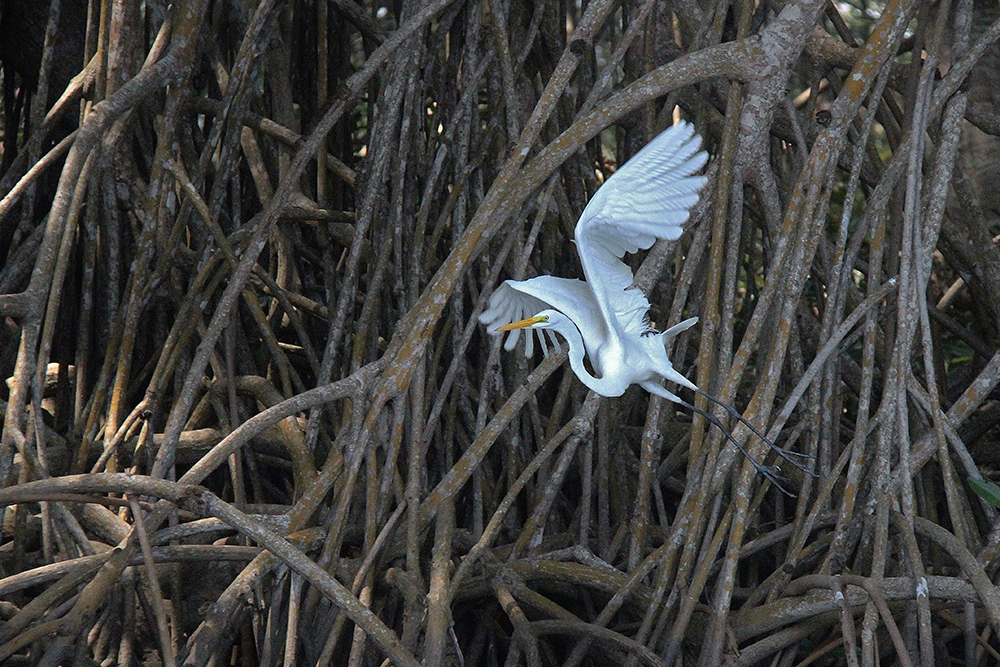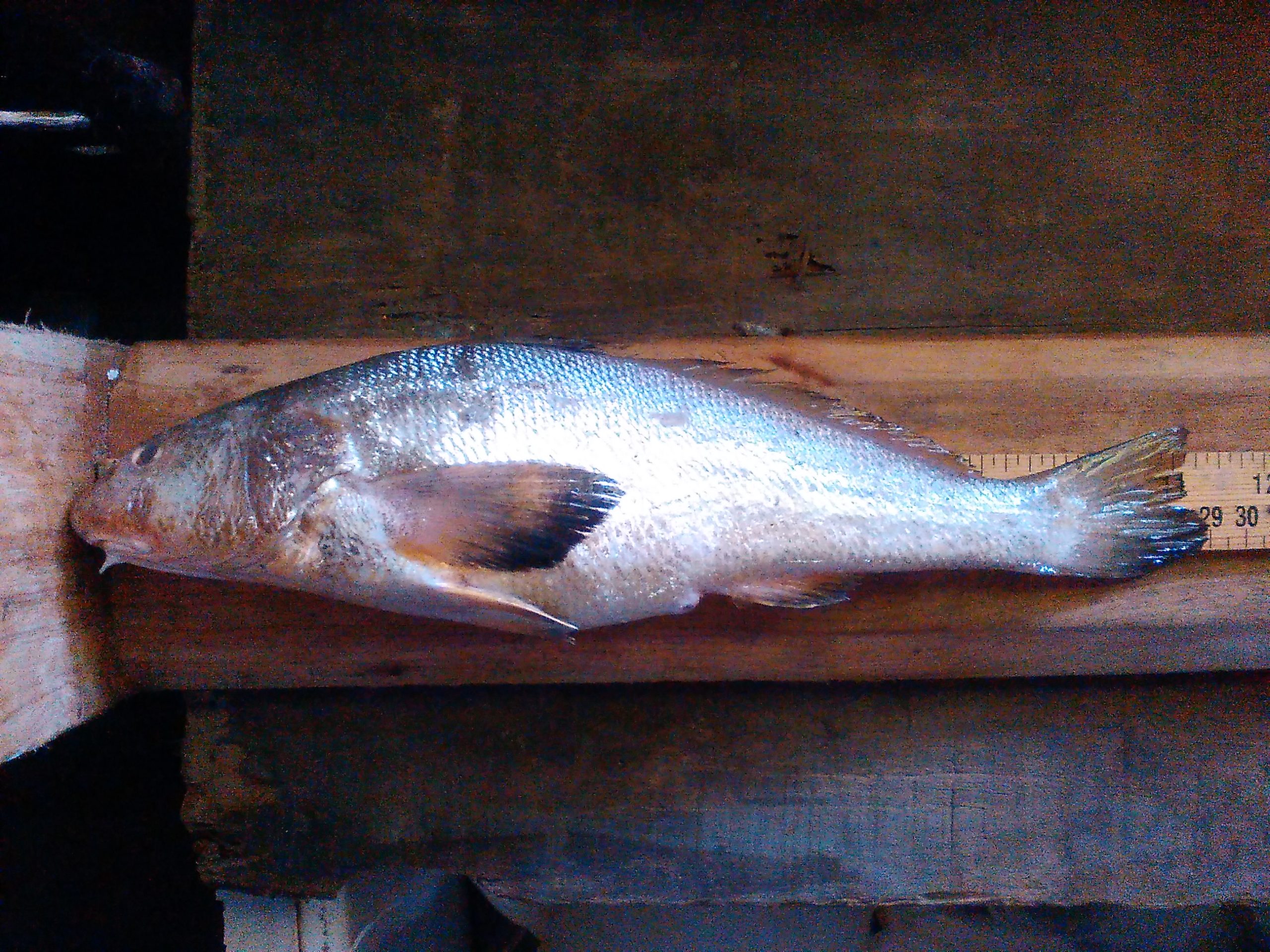On the northern coast of Honduras, just a few miles west of Tela through lush tropical forests, sits Laguna de los Micos. The Laguna is a treasure trove of biodiversity, surrounded by mangroves and separated from the Caribbean Sea by only a few feet of sand. It’s one of the area’s most important coral reef habitats, and serves as a respite, home and nursery for hundreds of coral reef fish.
The Laguna has always been an important area for local communities, providing subsistence and livelihoods. But in recent years, the fishermen weren’t catching as much. Fish populations seemed to be disappearing.
Laguna de los Micos is part of the Parque Nacional Jeannette Kawas. The area is protected and has a management plan that includes fishing regulations. For example, boats cannot carry more than 600 meters of net, and the mesh size must be at least three inches. In some waterways you can only fish with hook and line, and spear guns or dynamite are prohibited. The regulations are numerous—but there was never enough money or local participation to enforce them.
This year, CORAL and many of its local partners, helped create a patrol program for the lagoon. The Institutional Committee of Fisheries and Marine Resources in Tela*—a conglomeration of government organizations and local NGOs—provides the resources and man-power. CORAL provides the funding and training. A typical patrol may include a car from PROLANSATE, a boat from DIGEPESCA and field techniques from each organization.
It’s a true example of collaboration, and it works. Fishermen now report seeing mackerel over 30cm in length, and many regularly catch jacks that weigh more than 10 pounds. The fishermen support the patrols, and are grateful that they are conducted by a local committee. They say it keeps the process honest and transparent.
This collaboration is an exemplary model. It’s proof that great things happen when we work together. Conservation isn’t just about protecting the environment, it’s also about working alongside the communities that rely on that environment. And when governments, communities and NGOs partner together, environments thrive.
*The Institutional Committee of Fisheries and Marine Resources in Tela comprises the Department of Fisheries, Department of Protected Areas, Municipality, Environmental Department of the Municipality, the Navy, PROLANSATE, AMATELA, and CORAL.



